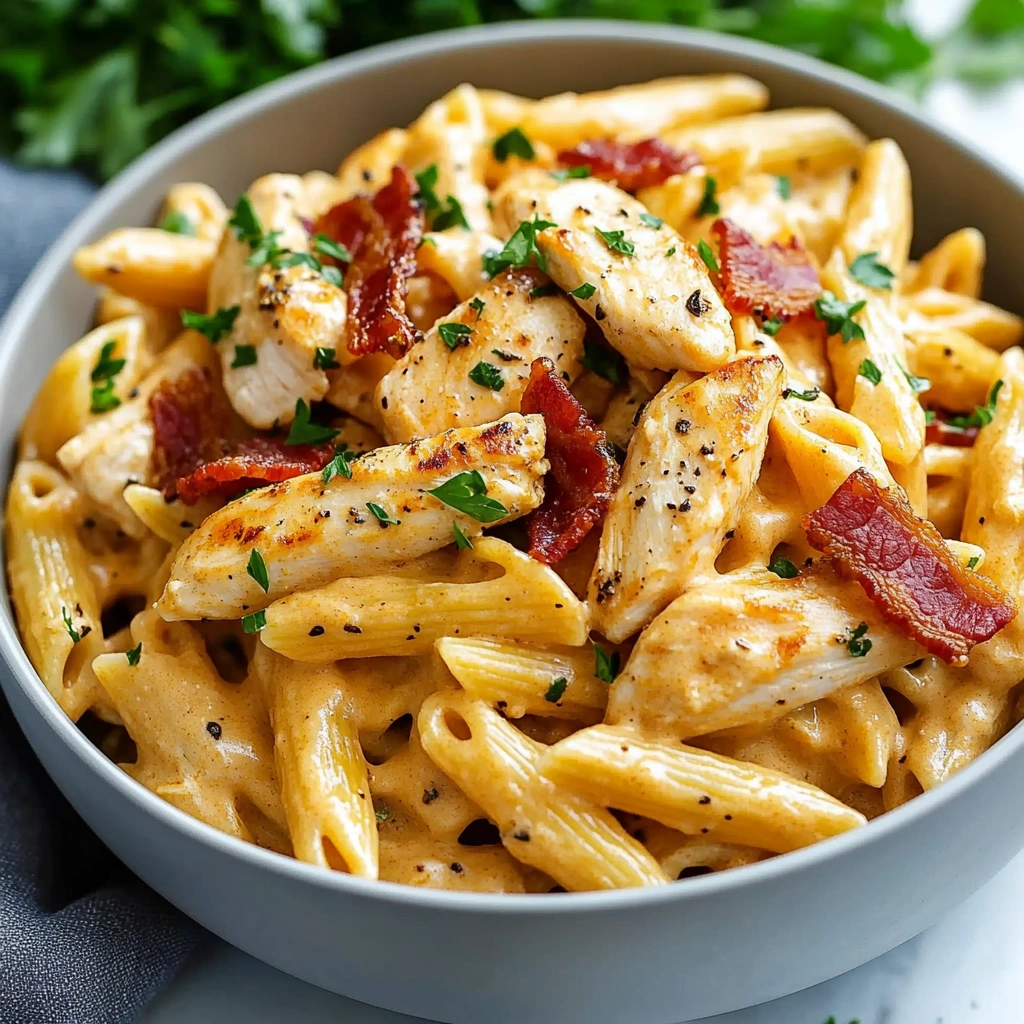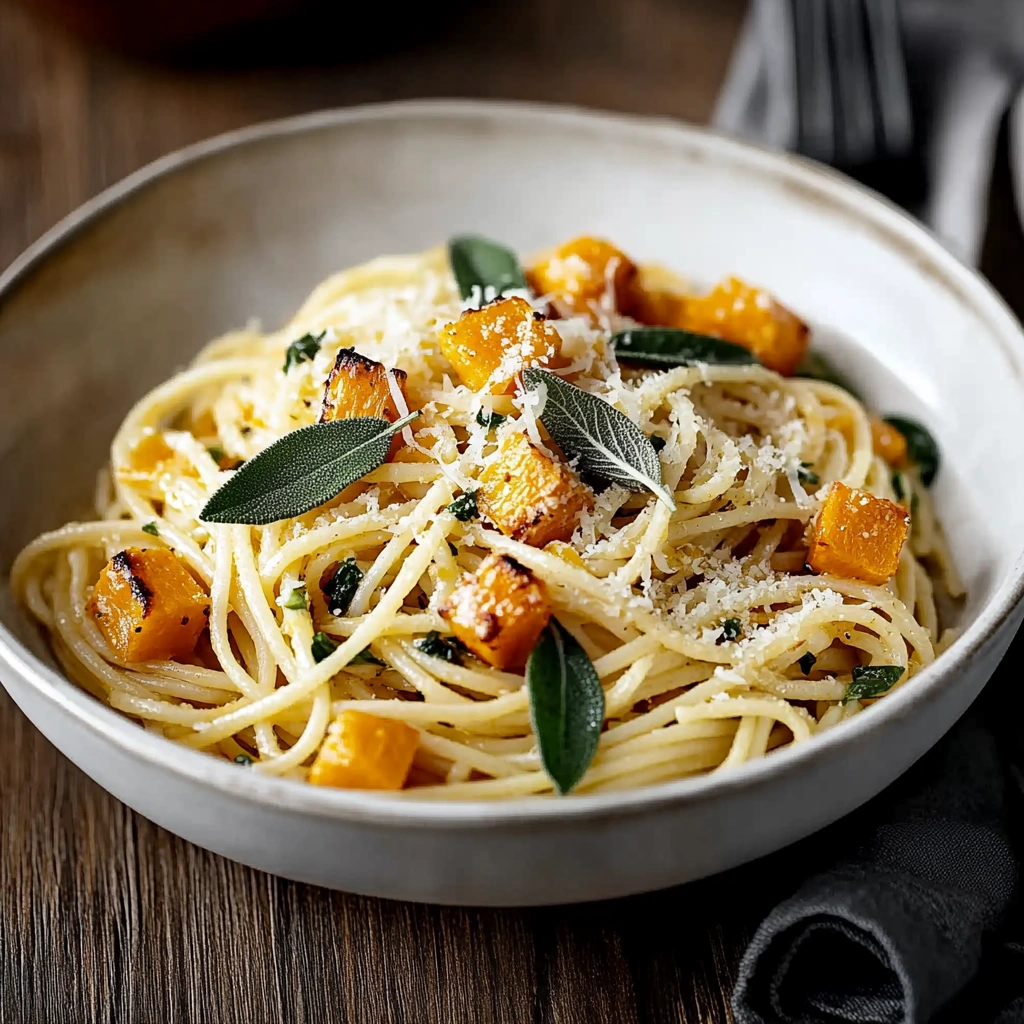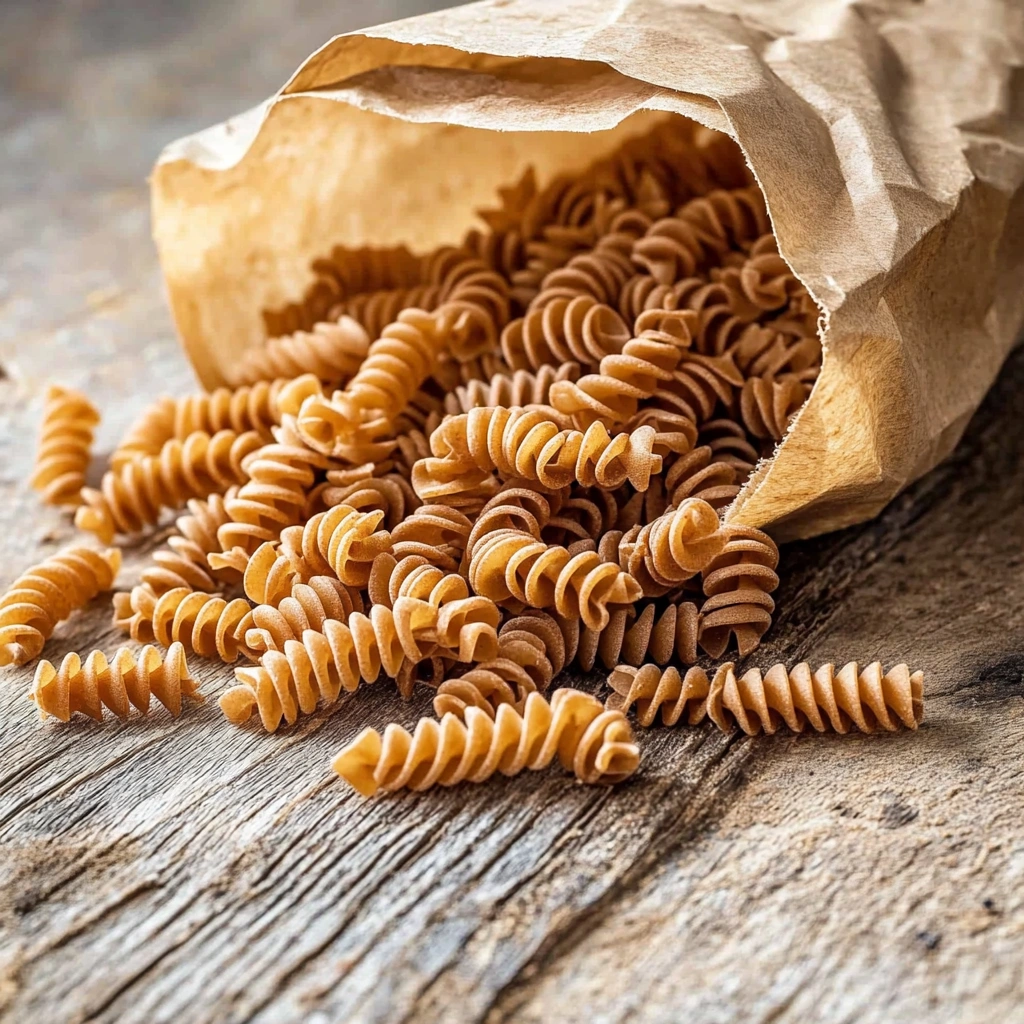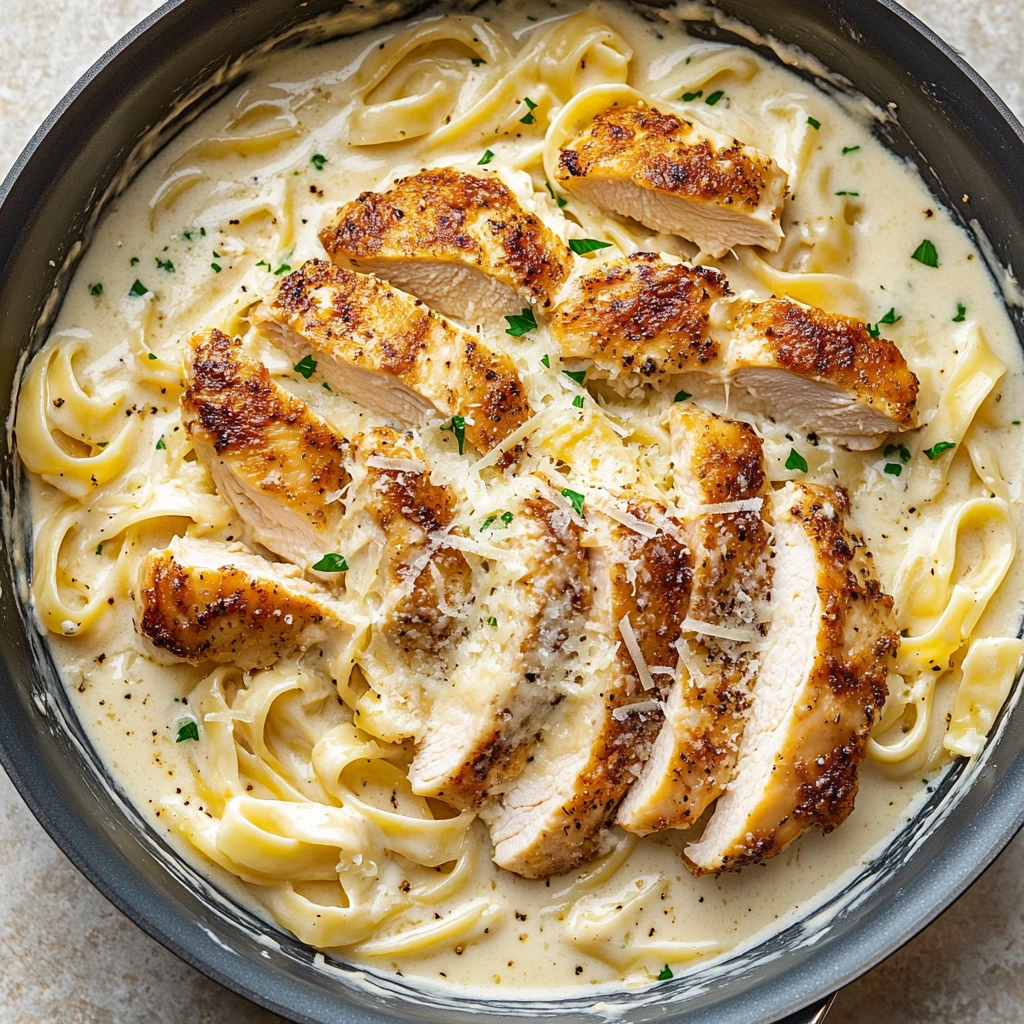Let’s get real—who doesn’t love a good chicken pasta? Whether it’s creamy Alfredo, hearty marinara, or a simple olive oil and garlic combo, chicken pasta is a go-to for busy weeknights and dinner parties alike. But here’s the big question: Is chicken pasta good for health? Spoiler alert—it depends on how you make it (and how much of it you eat). Stick with me, and we’ll break it all down together.
For a delicious twist on chicken pasta, check out this Marry Me Chicken Pasta recipe—it’s creamy and irresistible!
Table of Contents
Table of Contents
The Basics: What Makes Chicken Pasta Healthy or Not?
The answer to this question really comes down to the ingredients. Think of chicken pasta like a blank canvas—you can load it up with healthy stuff, or you can drown it in heavy sauces and extra cheese. Here’s a quick rundown of what to consider:
1. The Chicken
Chicken is generally considered a lean protein, especially if you go for boneless, skinless chicken breast. It’s packed with essential nutrients like B vitamins, iron, and zinc, all of which are great for your body. However, frying the chicken or drowning it in butter will add unnecessary fats and calories.
Healthy Tip: Grill, bake, or pan-sear your chicken with minimal oil. Season it with herbs and spices for flavor without extra calories.
2. The Pasta
Pasta has a bit of a reputation for being carb-heavy, but it’s not all bad! Whole-grain or whole-wheat pasta is a better option than refined white pasta. It’s higher in fiber, which helps with digestion and keeps you feeling full longer.
Healthy Tip: If you’re looking to cut carbs, consider alternatives like zucchini noodles (zoodles), chickpea pasta, or lentil pasta. These options are higher in protein and lower in carbs compared to traditional pasta.
3. The Sauce
Ah, the sauce—the make-or-break ingredient. Creamy Alfredo and rich cheese sauces are delicious, but they’re also loaded with saturated fats and calories. On the other hand, tomato-based sauces or light olive oil dressings can be much healthier.
Healthy Tip: Make your own sauce at home. A simple tomato sauce with fresh herbs, garlic, and a drizzle of olive oil can be just as tasty as the store-bought stuff, without the added sugar or preservatives.
4. The Add-Ins
This is where you can really make or break the healthiness of your dish. Adding veggies like spinach, mushrooms, bell peppers, or broccoli is a great way to pack in vitamins and fiber. On the flip side, loading up on cheese, cream, and bacon? Not so much.
Healthy Tip: Go heavy on the veggies and light on the cheese. Trust me, your body will thank you.

Health Benefits of Pasta with a Chicken
When made with the right ingredients, chicken pasta can actually be a pretty balanced meal. Here’s why:
- Protein Power: Chicken provides a great source of lean protein, which is essential for building and repairing muscle tissue.
- Energy Boost: Pasta, especially whole-grain varieties, is a good source of complex carbs, giving you sustained energy throughout the day.
- Nutrient Packed: Veggie-loaded chicken pasta can deliver essential vitamins, minerals, and antioxidants.
- Customizable: You can easily tailor chicken pasta to fit your dietary needs, whether you’re cutting carbs, reducing fat, or going gluten-free.
Common Pitfalls to Avoid
Even the best intentions can go sideways. Here are a few things to watch out for when making chicken pasta:
- Oversized Portions: Let’s face it—it’s easy to pile on the pasta. Stick to about 1 to 1.5 cups of cooked pasta per serving to keep your portion sizes in check.
- Store-Bought Sauces: Many jarred sauces are loaded with added sugar and sodium. Always check the label or, better yet, make your own.
- Too Much Cheese: Cheese is delicious, but it’s also high in fat and calories. A sprinkle is fine; half a block is not.
- Skipping the Veggies: If your plate is 90% pasta and 10% chicken, you’re missing out on the health benefits of a well-rounded meal. Load up on those veggies!
Recipe Idea: Healthy Chicken with Pasta
Here’s a quick recipe for a healthier Chicken with Pasta that doesn’t skimp on flavor:
Ingredients:
- 2 cups whole-grain pasta
- 2 boneless, skinless chicken breasts
- 2 cups baby spinach
- 1 cup cherry tomatoes, halved
- 1/2 cup sliced mushrooms
- 2 cloves garlic, minced
- 2 tbsp olive oil
- 1/4 cup grated Parmesan cheese
- Salt, pepper, and Italian seasoning to taste
Directions:
- Cook the pasta according to the package instructions. Set aside.
- Heat 1 tbsp olive oil in a pan. Season the chicken with salt, pepper, and Italian seasoning, then cook until golden brown and fully cooked. Slice into strips.
- In the same pan, heat the remaining olive oil. Sauté garlic, mushrooms, and cherry tomatoes until tender.
- Add spinach and cook until wilted.
- Toss the cooked pasta, chicken, and veggies together in the pan. Sprinkle with Parmesan cheese and serve.

Chicken with Pasta: A Perfect Balance of Comfort and Nutrition
Let’s talk about why chicken pasta is such a hit in American kitchens—it’s the perfect mix of comfort food and potential nutrition powerhouse. Think about it: the soft, chewy pasta paired with tender, flavorful chicken is hard to beat. But when you build your dish thoughtfully, you can turn this comfort food into a well-balanced meal. It’s all about making smart choices, like whole-grain pasta for added fiber or adding extra greens like kale or zucchini to bulk it up with vitamins.
And don’t forget how satisfying it is! Because chicken pasta combines protein, carbs, and fats (when done right), it keeps you fuller for longer, making it a smart option for lunch or dinner. This balance helps prevent those mid-afternoon snack attacks.
Why Chicken with Pasta Stands Out Among One-Pot Meals
Chicken pasta shines as one of the easiest and most versatile one-pot meals. Americans are all about convenience, and this dish delivers big-time. Toss all the ingredients together in a single pot or skillet, and you’ve got a quick, delicious meal with minimal cleanup. Plus, when you add colorful veggies like bell peppers, spinach, or even artichokes, you’re creating a meal that’s both Instagram-worthy and packed with nutrients.
The Role of Protein in Chicken Pasta
Protein is a major reason chicken pasta is a solid choice for your health. Chicken provides high-quality protein, which supports muscle repair, boosts your immune system, and helps keep your metabolism humming. Compared to fatty cuts of beef or processed proteins, chicken is a cleaner and leaner option. Pairing it with whole-grain pasta boosts the meal’s overall protein content even further—especially if you choose a legume-based pasta.
Making Chicken Pasta a Meal Prep Favorite
Here’s another reason chicken pasta deserves a spot on your weekly menu: it’s perfect for meal prep. Make a big batch on Sunday, portion it into containers, and you’ve got lunch or dinner sorted for the next few days. And because it reheats so well, you don’t have to worry about it losing flavor or texture. To keep things interesting, switch up the veggies or sauce each week. One week, try a tangy marinara; the next, go for a light lemon and garlic sauce.

Chicken Pasta and Heart Health
Did you know that a well-made chicken pasta dish can even support heart health? Opting for olive oil-based sauces and loading up on heart-healthy ingredients like garlic, spinach, and tomatoes can help reduce inflammation and improve cholesterol levels. Whole-grain pasta adds soluble fiber, which may lower LDL (the “bad” cholesterol). It’s a small shift in your cooking routine that can make a big difference over time.
Vegetarian Alternatives to Chicken Pasta
If you’re curious about plant-based eating but still crave chicken pasta vibes, don’t worry—there are plenty of ways to modify the dish. Swap the chicken for grilled tofu, tempeh, or even a plant-based chicken substitute. These options are high in protein and can mimic the texture of chicken while fitting into a vegetarian or vegan lifestyle. You’ll get the same hearty satisfaction without sacrificing flavor.
Why Moderation Is Key with Chicken with Pasta
While chicken pasta has its health perks, it’s also easy to go overboard. A massive portion topped with too much creamy sauce and extra cheese can tip the scales into indulgence territory. Moderation is the name of the game here. Stick to reasonable portion sizes, balance your ingredients, and keep the rich add-ins to a minimum. Remember, the goal is to enjoy your food while keeping it aligned with your health goals.
Exploring Whole Food Ingredients in Chicken with Pasta
One of the best ways to boost the health factor of your chicken pasta is by focusing on whole food ingredients. Instead of relying on processed items, opt for fresh, organic produce and high-quality meats. For example, using free-range or organic chicken can offer more nutrients and better taste. Incorporating fresh vegetables like spinach, cherry tomatoes, and bell peppers not only adds color but also boosts the vitamin and mineral content of your dish.
The Mediterranean Twist on Chicken with Pasta
The Mediterranean diet is renowned for its heart-healthy benefits, and you can easily give your chicken pasta a Mediterranean makeover. Swap out heavy creams and sauces for olive oil, fresh herbs, and a splash of lemon juice. Add ingredients like olives, feta cheese, and sun-dried tomatoes to add rich flavor without adding unhealthy fats. This version is rich in healthy monounsaturated fats and antioxidants, making your meal both delicious and nutritious.
The Impact of Portion Control
While chicken pasta can be part of a healthy diet, portion control is crucial. It’s easy to overindulge, especially with pasta dishes. Stick to recommended serving sizes—about one cup of cooked pasta per person—and balance your plate with equal portions of protein and vegetables. This approach helps you enjoy a well-rounded meal without excessive calories.
Integrating Superfoods into Your Chicken with Pasta
Boost the nutritional profile of your chicken pasta by adding superfoods. Ingredients like kale, quinoa, and flaxseeds can easily blend into your recipe. For instance, use quinoa pasta instead of traditional wheat pasta to increase protein and fiber intake. Sprinkle flaxseeds over your dish for added omega-3 fatty acids, which support heart health.
The Role of Spices and Herbs
Don’t underestimate the power of spices and herbs in making your chicken pasta healthier. Garlic, turmeric, and ginger have anti-inflammatory properties that can benefit your overall health. Fresh herbs like basil, oregano, and parsley not only add flavor but also provide antioxidants to your meal. Using these can reduce the need for excess salt and unhealthy fats.
Gluten-Free Options for Chicken with Pasta Lovers
For those with gluten sensitivities or celiac disease, enjoying chicken pasta is still possible. Gluten-free pasta options made from rice, corn, or legumes are widely available and can be just as tasty as traditional pasta. These alternatives often have the added benefit of being higher in protein and fiber, contributing to a more satisfying meal.
Making Chicken with Pasta a Meal Prep Staple
Chicken pasta is an excellent option for meal prepping. It stores well in the fridge and can be easily reheated without losing its flavor or texture. By preparing a large batch ahead of time, You make sure you have a healthy, ready-to-eat meal on hand, which can help you avoid less nutritious convenience foods when you’re short on time.
Chicken Pasta in a Balanced Diet
Incorporating chicken pasta into a balanced diet means pairing it with other nutrient-dense foods throughout the day. If you plan to have chicken pasta for dinner, consider lighter meals for breakfast and lunch that are rich in fruits, vegetables, and whole grains. This balance helps you meet your nutritional needs without overconsuming any one food group.
The Environmental Impact of Your Ingredients
Considering the environmental footprint of your meal is another aspect of health that often goes overlooked. Choosing locally sourced, organic ingredients reduces environmental impact and supports local farmers. Additionally, selecting poultry from farms that practice sustainable and humane methods contributes to better animal welfare and food quality.
Mindful Eating Practices
Lastly, how you eat your chicken pasta can affect how beneficial it is for you. Mindful eating involves paying attention to your hunger cues and savoring each bite, which can improve digestion and make the meal more enjoyable. Eating slowly allows your body time to recognize fullness, helping prevent overeating.
FAQs about Is chicken pasta good for health
Is chicken pasta good for weight loss?
Yes, if you make it with lean chicken, whole-grain pasta, and lots of veggies, chicken pasta can be part of a healthy weight-loss plan. Just watch your portion sizes and avoid heavy sauces.
Can I make chicken pasta gluten-free?
Absolutely! Use gluten-free pasta made from rice, quinoa, or chickpeas. Everything else in the recipe can stay the same.
Is chicken pasta okay for diabetics?
It can be, especially if you use whole-grain or alternative pasta that’s lower on the glycemic index. Adding lots of veggies and lean protein helps balance blood sugar levels.
How can I make chicken pasta kid-friendly?
Kids often love creamy sauces and simple flavors. Try swapping heavy cream for Greek yogurt in your Alfredo sauce for a healthier twist. And, of course, keep the veggies chopped small if your little ones are picky.
What’s the healthiest pasta to use?
Whole-grain pasta is a great choice, but chickpea or lentil pasta is even higher in protein and fiber. Zoodles or spaghetti squash are excellent low-carb options.
Final Thoughts
Chicken pasta can absolutely be good for your health—if you make it the right way. The key is to focus on quality ingredients, keep your portions in check, and load up on those veggies. It’s all about balance. So next time you’re craving something hearty and comforting, whip up a healthier version of chicken pasta. Your taste buds—and your body—will thank you! 🍝
Got more questions about chicken pasta or healthy eating? Drop them in the comments!
Want even more delicious ideas? Check out our Pinterest page for mouthwatering recipes and kitchen tips!

